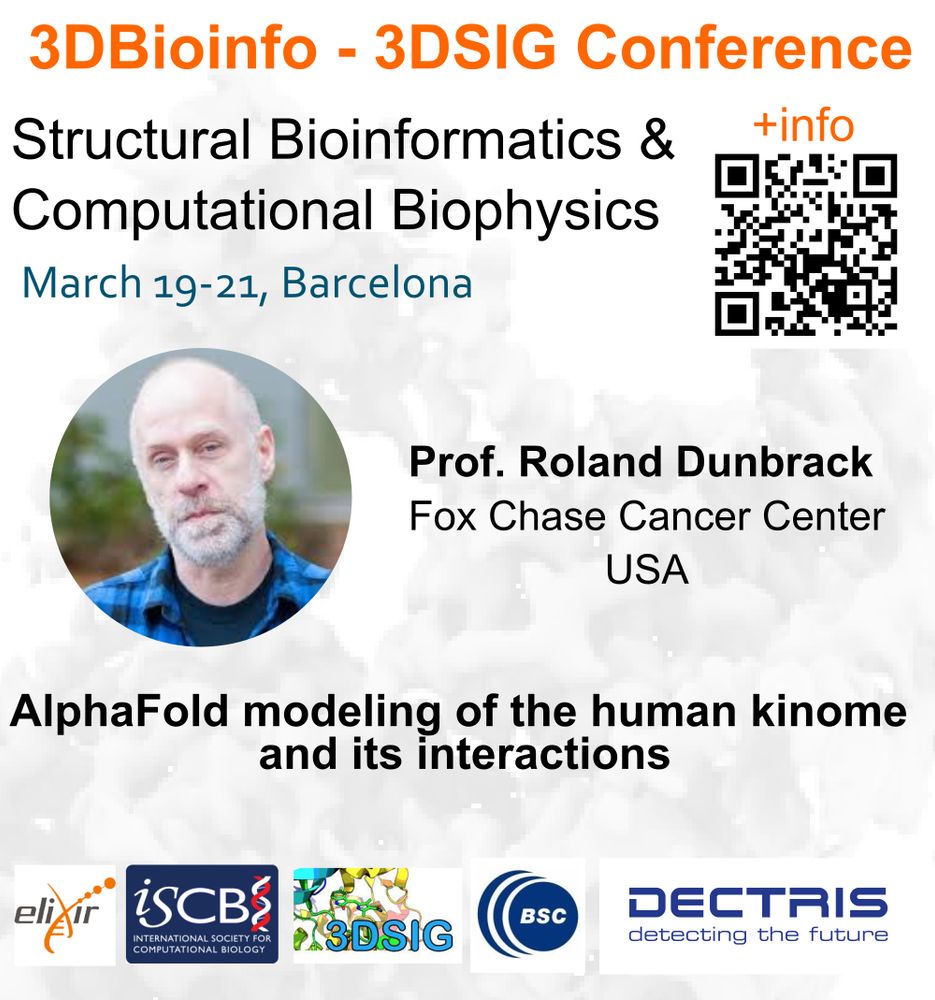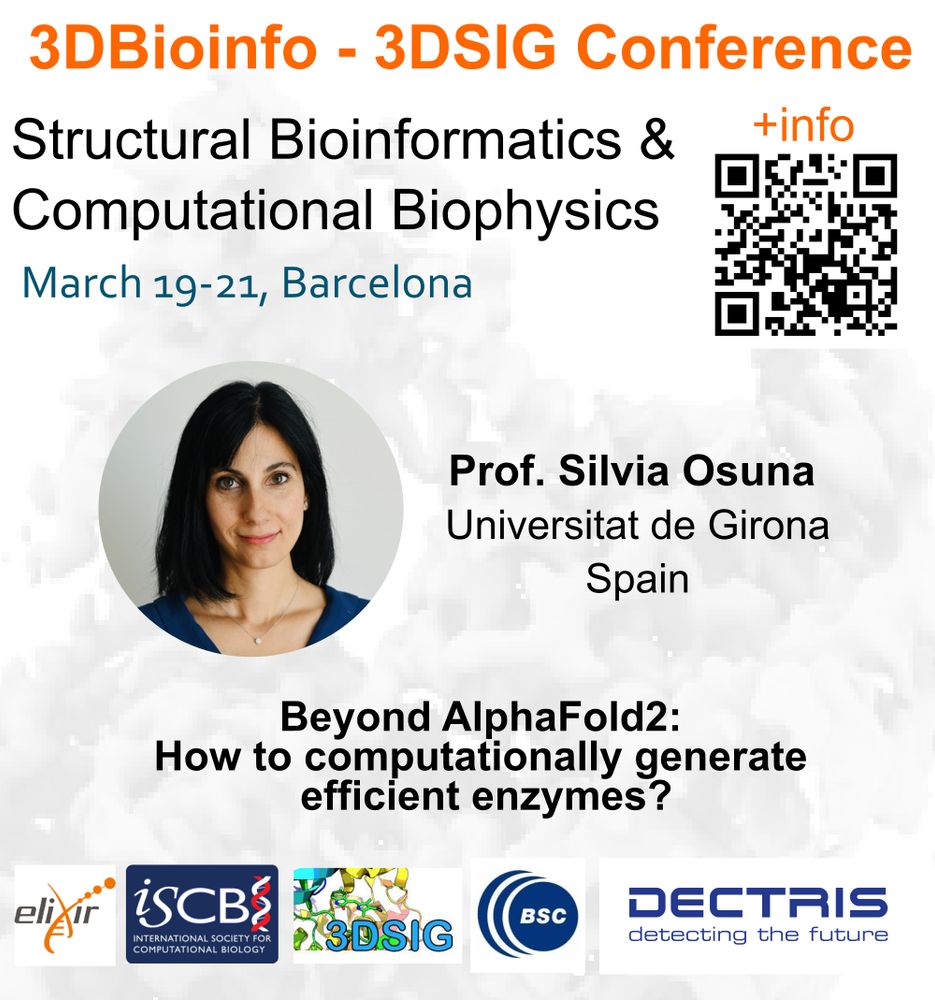Peter Škrinjar
@peterskrinjar.bsky.social
120 followers
79 following
16 posts
PhD student at @biozentrum.bsky.social. I prefer protein interactions to human ones.
Posts
Media
Videos
Starter Packs
Peter Škrinjar
@peterskrinjar.bsky.social
· Mar 21
Reposted by Peter Škrinjar
Reposted by Peter Škrinjar
Reposted by Peter Škrinjar
Reposted by Peter Škrinjar
Reposted by Peter Škrinjar
Reposted by Peter Škrinjar
Peter Škrinjar
@peterskrinjar.bsky.social
· Feb 12
Peter Škrinjar
@peterskrinjar.bsky.social
· Feb 12
Reposted by Peter Škrinjar
Reposted by Peter Škrinjar
















